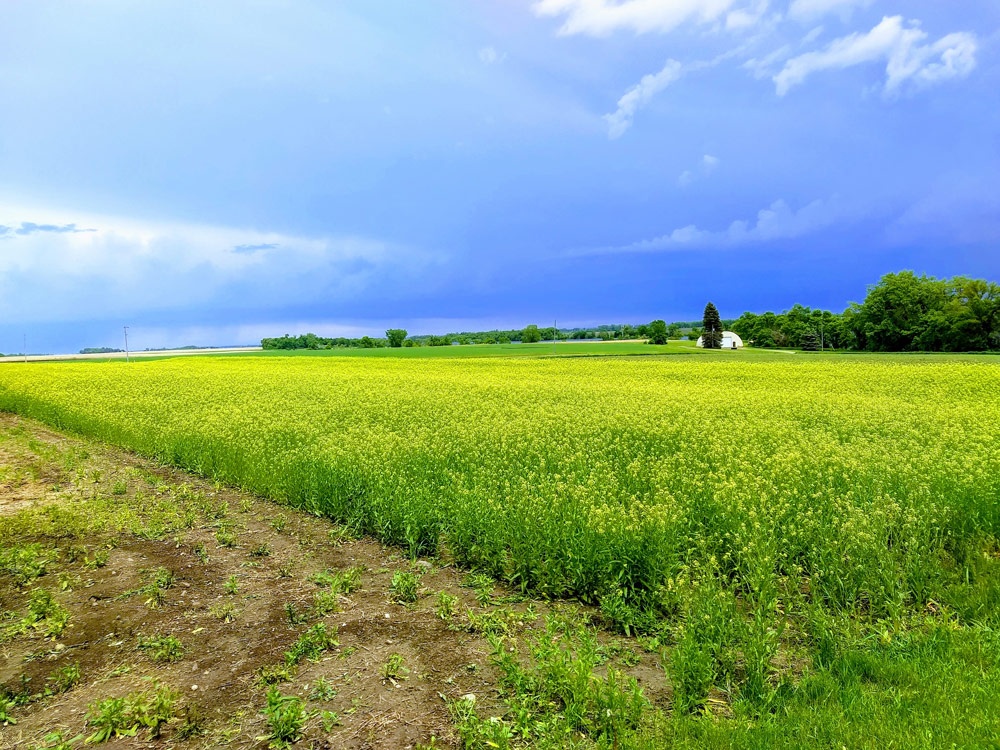Big Challenges, Minnesota Solutions
People throughout our state believe that everyone deserves clean water to drink and clean air to breathe. And we also believe people deserve to live in vibrant communities where family-sustaining jobs are plentiful. Some may say we can’t have both. But Minnesotans are proving that we can.
For much longer than I have been alive, Minnesotans have been at the forefront of innovation. That innovative spirit has led to pioneering achievements such as the first open-heart surgery, over a dozen Fortune 500 companies, and even the invention of water-skiing.
Today Minnesota is uniquely poised to leverage its legacy of innovation in business, research, and agriculture by delivering clean air, clean water, and world-leading climate solutions—all while building exciting new Minnesota industries that create jobs in communities throughout our state.
I’m excited to share just a few examples of how this transformation is beginning to take place. It will take all of us, working quickly and responsibly together, to build the innovative industries that will power Minnesota’s economy and build a cleaner, healthier, and more prosperous future. I know that by working together, we can deliver the future all Minnesotans deserve.
—Paul Austin, Executive Director
The Sustainable Future of Tomorrow
Innovation is a Minnesota tradition. Today, Minnesota companies, universities, and leaders are putting their innovative spirit, knowledge, and resources to work in taking on some of the most difficult challenges we face
in reducing the climate pollution of major industries.
Because of this groundbreaking work, we now have an exciting opportunity to rapidly and responsibly create the clean industries that our communities will rely on for generations to come.
Growing Jet Fuel
Private jets, commercial airliners, and the aviation industry pose a big challenge in the fight against climate change. But what if we could make jet fuel from a renewable crop, grown right here in Minnesota?
Minnesota, with its long agricultural history, is emerging as a leader in sustainable aviation fuel (SAF). A $5 billion SAF plant in Moorhead, set to open in 2030, will create 650 jobs and produce renewable jet fuel using locally sourced raw materials. This is a big first step, outlined by a coalition of industry stakeholders, to make Minnesota a production hub, boosting our state’s economy and reducing the airline industry’s reliance on fossil fuels.
In the long term, a key part of Minnesota’s SAF success will be the use of winter camelina, a resilient oilseed crop developed by the University of Minnesota's Forever Green Initiative. Camelina not only thrives in Minnesota’s climate but also creates lower carbon fuel than most alternatives, improves soil health by keeping the soil covered in winter months, and reduces water pollution as it has a low or no-herbicide or fertilizer requirement.
Last September a test flight using camelina-based SAF successfully flew from Minneapolis-St. Paul International Airport to New York. This shows the potential to reduce aviation pollution. A study is underway to determine how quickly we can reach 1 million acres of sustainable camelina each year, and Minnesota-based Cargill is heavily investing in the production. The sky’s the limit.
Local, Green Fertilizer
Minnesota farmers rely on nitrogen fertilizer to grow crops, feed livestock, and sustain the agricultural economy. According to Mike Reese, a researcher at the University of Minnesota Morris, our farmers purchase between half a billion and a billion dollars a year of nitrogen fertilizer.
Traditional fertilizer production is a major source of climate pollution.Most nitrogen fertilizers are made using coal and natural gas. Much of the fertilizer used by Minnesota farmers is imported, resulting in hundreds of millions of dollars leaving the state and country each year.
To address these challenges, farmers, researchers, legislators, and advocates have come together to help launch a Green Ammonia Grant Program to promote local production of green ammonia using renewable energy and green hydrogen. Researchers at the University of Minnesota Morris are leading the way to develop and incentivize the production of local, green fertilizer and strengthen our rural economy. Keeping fertilizer production local means more jobs, economic growth, and a stronger agricultural sector.
Green Steel
Minnesota’s Iron Range, rich in iron ore deposits, could become the hub for low-emissions steelmaking. Traditional steel production relies on coal, which means Minnesota’s ore is shipped out to coal states to be processed. But new technologies enable iron ore to be processed using green hydrogen, dramatically cutting carbon emissions and the need to process ore near coal mines.
Local taconite mines are exploring ways to produce the new type of iron ore pellets needed for the green hydrogen process. A new iron mine under construction at Nashwauk will produce taconite pellets ready for a green steel mill. Mines at Keewatin and Hibbing are also evaluating green iron and green steel options.
While recent tariffs have led to uncertainty and layoffs in the steel industry, demand for low-carbon steel could help the Iron Range earn a new chance to lead, revitalize the Range economy, and position the state at the forefront of sustainable manufacturing.

